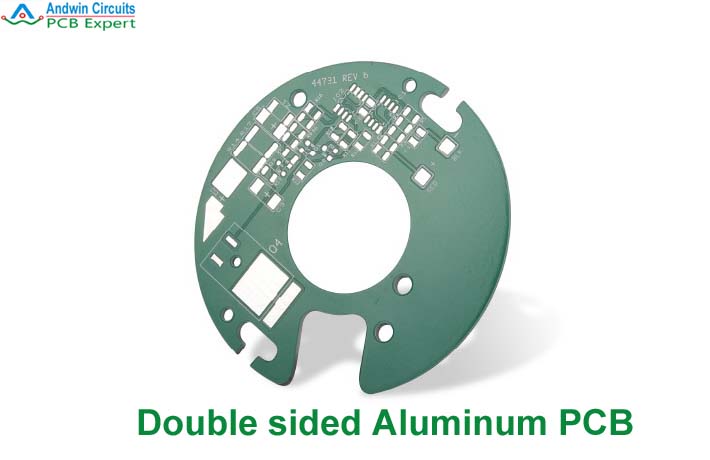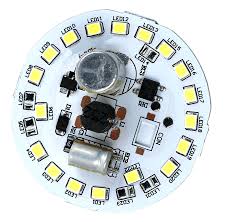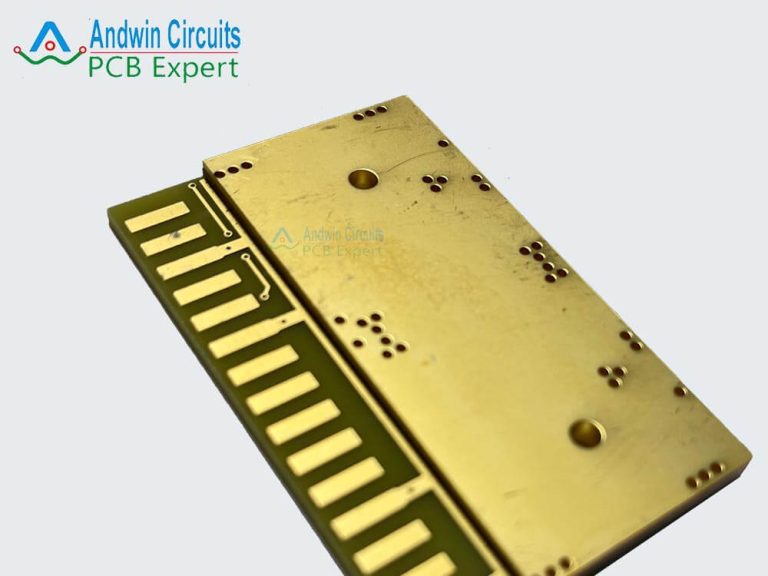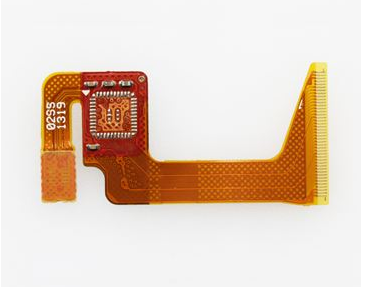What is an aluminum pcb
An aluminum PCB (Printed Circuit Board) is a type of circuit board that is made using an aluminum substrate instead of the traditional fiberglass or epoxy substrate.

The aluminum substrate provides several advantages over other types of substrates,
such as better heat dissipation, higher mechanical strength, and improved durability.
Aluminum PCBs are commonly used in applications that require high power and high thermal conductivity,
such as LED lighting, power supplies, and automotive electronics.
The aluminum substrate is typically coated with a thin layer of dielectric material,
such as ceramic or epoxy, which provides electrical insulation and allows for the creation of conductive traces and vias.
The conductive traces are typically made of copper,
and they are etched onto the surface of the substrate using a chemical process.
The resulting aluminum PCB is a highly reliable and efficient circuit board that can withstand high temperatures and harsh environments.

Aluminum plate
An aluminum plate is a flat piece of aluminum that is typically used for a wide range of applications,
including construction, transportation, aerospace, and industrial manufacturing.
Aluminum plates are made by casting or rolling aluminum ingots into flat sheets of various thicknesses, widths, and lengths.
Aluminum plates are known for their lightweight, corrosion-resistant, and high-strength properties,
making them a popular choice for applications that require durability and reliability.
They are also highly machinable and can be easily formed, welded, and cut to size using various tools and techniques.
Aluminum plates come in a variety of grades and alloys, each with its own unique set of properties and characteristics.
Some of the most common grades of aluminum plates include 6061, 7075, and 2024,
which are widely used in aerospace and industrial applications due to their high strength-to-weight ratios and excellent corrosion resistance.

Advantages of aluminum substrate
1. Lightweight: Aluminum substrate is lightweight and easy to handle, making it ideal for applications where weight is a concern.
2. High thermal conductivity: Aluminum substrate has high thermal conductivity, which allows for efficient heat dissipation and thermal management.
3. Corrosion-resistant: Aluminum substrate is highly resistant to corrosion, making it ideal for use in harsh environments.
4. High electrical conductivity: Aluminum substrate has high electrical conductivity, making it ideal for use in electronic applications.
5. Cost-effective: Aluminum substrate is cost-effective compared to other substrate materials such as ceramic or copper.
6. Easy to fabricate: Aluminum substrate is easy to fabricate, which allows for quick and efficient production.
7. Versatile: Aluminum substrate can be used in a wide range of applications, including LED lighting, power electronics, and automotive electronics.







